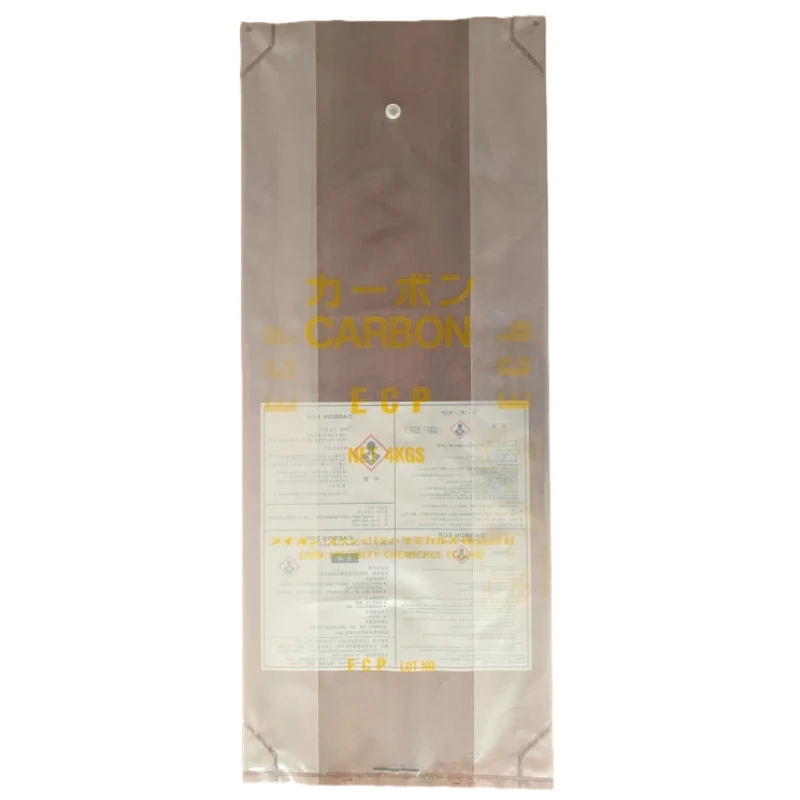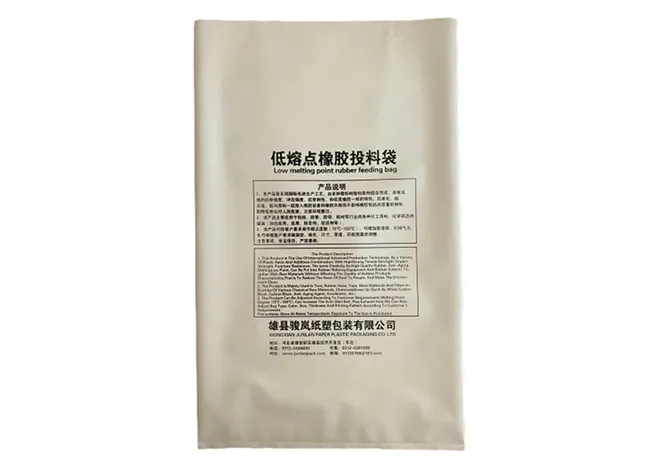Sterilization is a crucial component of healthcare and other industries where hygiene and sterility are paramount. Peel pack sterilization offers a reliable method to maintain the sterility of tools and products until they are ready for use. This article delves into the intricacies of peel pack sterilization, highlighting its advantages, applications, and best practices from a professional perspective.

Peel pack sterilization, at its core, involves enclosing tools or instruments in a sterilizable package designed to keep the contents sterile until the moment of use. This method is particularly valuable in medical settings, where maintaining instrument sterility can dramatically impact patient outcomes. A sterile barrier is essential, and peel packs are designed to provide this through robust material construction and dependable sealing technology.
The peel packs themselves are constructed from materials that can withstand the sterilization process, typically a combination of paper and a transparent plastic film. This dual-layer design not only allows for penetration by sterilizing agents such as steam or ethylene oxide but also provides a clear view of contents without compromising sterility. The transparent side is particularly important, allowing healthcare professionals to identify tools and validate integrity without breaking the sterile barrier.

From an experience standpoint, one major advantage of peel pack sterilization is its ease of use. During a busy surgical procedure, time is of the essence. The peel pack's straightforward nature allows for rapid and effortless access to sterilized tools, minimizing disruptions and maintaining surgical flow. The sterile field is preserved through the 'peeling' motion, which prevents contamination that could occur with more complicated packaging systems.
Peel pack sterilization's application extends beyond hospital operating rooms. It is an invaluable method across dental facilities, veterinary clinics, and even tattoo parlors. Each industry, while diverse in its clientele and tools, shares the common need for absolute sterility to prevent cross-contamination and infection spread. The versatility and reliability of peel pack solutions make them an industry standard.
The success of peel pack sterilization hinges on adhering to established protocols and expert techniques. Proper loading in sterilizers ensures that sterilizing agents have uniform access to all surfaces. Equally important is the correct sealing of packs; heat sealers are commonly used, and tests for seal integrity are advised to be performed regularly to prevent failure.
peel pack sterilization
Moreover, peel packs offer traceability, a crucial aspect of compliance and quality assurance. Many packs come with indicator strips or areas where sterilization indicators can be applied. These indicators change color or form, offering a visual confirmation that sterilization parameters have been met. This capability not only ensures safety within a medical or clinical environment but also builds trust with patients and clients who depend on these rigorous standards.
The expertise involved in peel pack sterilization extends to education and training. Professionals charged with sterilization responsibilities must be well-versed in the nuances of pack loading, sealing, and climate considerations affecting the process. Continuous training ensures that protocols evolve with technological advancements, maintaining the high standards expected in healthcare and related industries.
The authority of peel pack sterilization as a preferred method is backed by its adoption in numerous guidelines and regulations globally. Organizations like the Association for the Advancement of Medical Instrumentation (AAMI) and the International Organization for Standardization (ISO) provide directives that reflect the highest standards of sterilization efficiency and integrity, reinforcing confidence in its use.
Trustworthiness within this sterilization method is further demonstrated by ongoing research and development efforts dedicated to improving the packaging materials and self-adhesive technological advances. The aim is to enhance the reliability of the peel packs, ensuring they remain at the forefront of infection prevention.
In conclusion, peel pack sterilization plays a pivotal role in maintaining sterility across multiple sectors. Its combination of professional-grade materials, user-friendly design, and robust compliance standards make it an indispensable tool in the prevention of contamination. By adhering to best practices and staying informed of innovations, organizations can ensure they provide the safest environments and products for their clients and patients. Through continuous improvement and dedication to excellence, peel pack sterilization stands as a testament to hygiene and safety in critical settings.